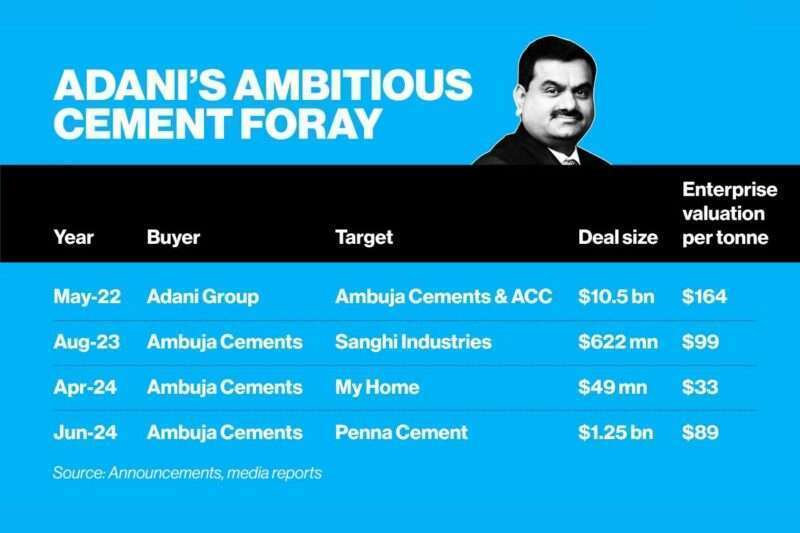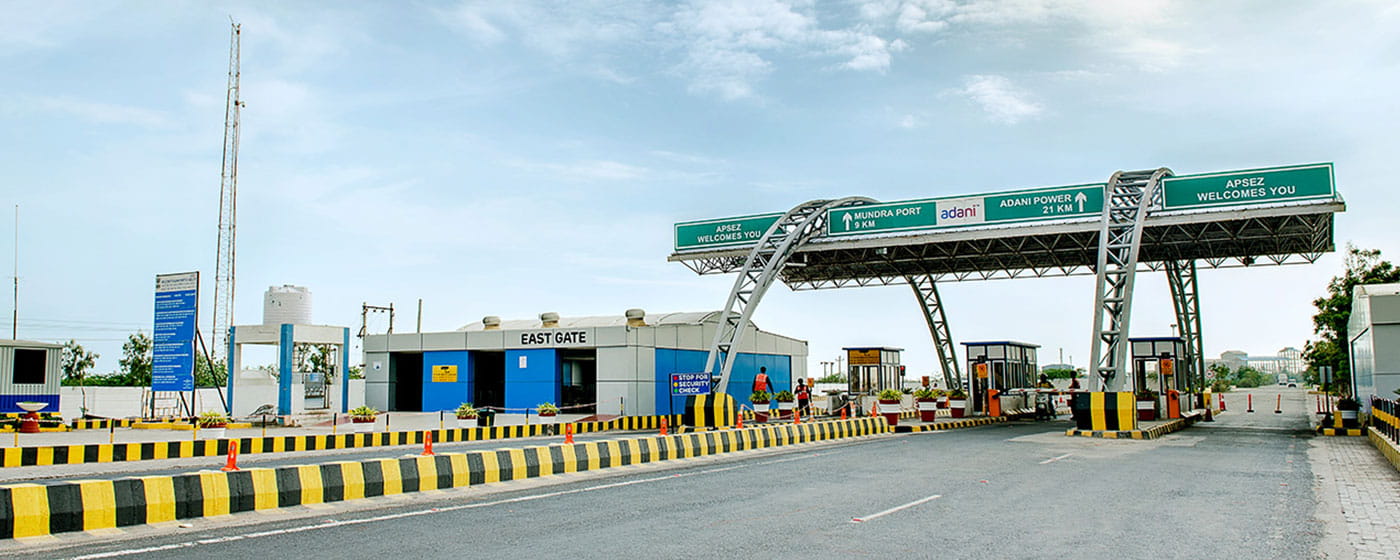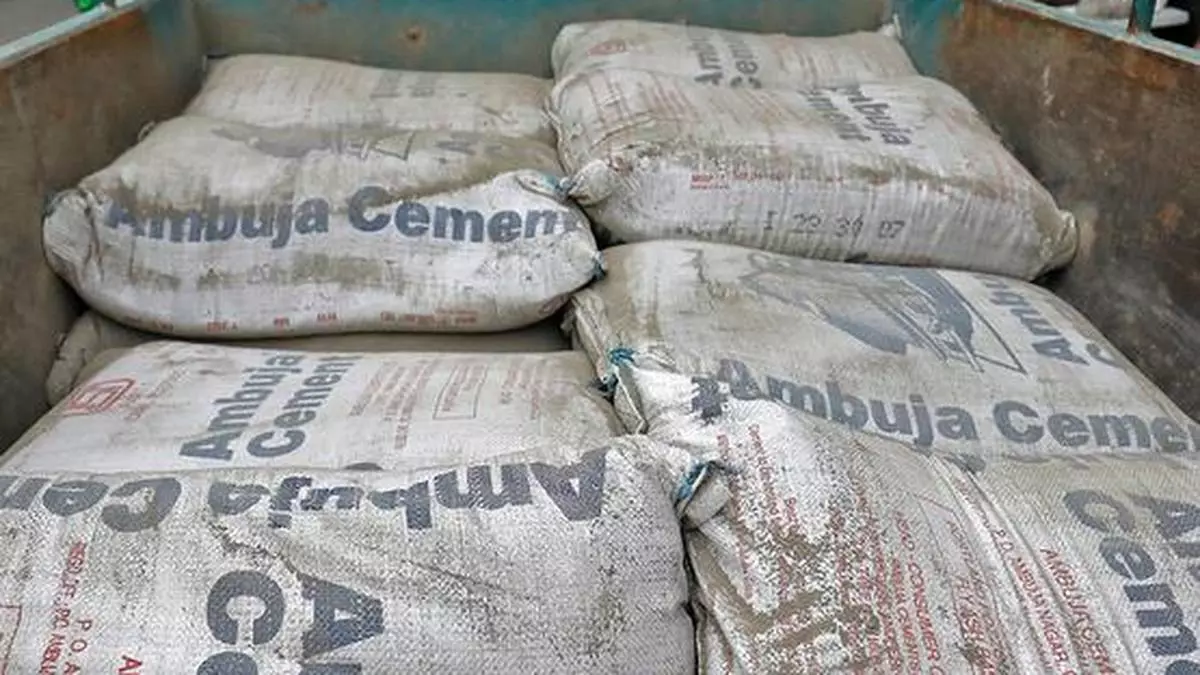Adani’s Acquisition of Penna Cements: Strategically Cutting Costs and Fortifying the Southern Empire Foundation.

The conglomerate Adani’s desire to expand is no new topic for everyone. As the push of infrastructure rises in the Modi 3.0, so does the demand for corresponding industries revolving around it. Among them, the cement sector is one of the utmost key entity. And the titan Adani Group has always kept its eyes on the same and waited for opportunities. After acquiring Ambuja, ACC Cements and Sanghi, the Adani empire has marked its footprint in another cement firm, Hyderabad-based Penna Cements. Recently, the Ambuja unit of Adani Cement acquired Penna Cement Industries at a value of INR 10,422 crore, adding to its capacity and market share in southern India.
So, how does Adani Group’s exposure to India’s infrastructure and focus on extending its footprint in the cement sector work as complementary strengths?
In 2022, the Adani Group joined the cement market by acquiring assets from Ambuja Cements and ACC. It helped the group become the second-largest cement firm in India, with market share of 14% and a capacity of 79 MPTA (millions of tonnes per year). The latest acquisition, Penna Cement, will expand capacity to 89 MTPA. According to Ambuja’s filing, the Adani Group expects an installed capacity of 100 MTPA by 2026 and 140 MTPA by 2028.
Adani’s cement firm currently generates over INR5,000 crore in free cash flow annually. Every MTPA of new greenfield capacity requires an investment of roughly INR1,000 crore, implying that the Adani group can add approximately 5 MTPA of capacity/year, organically utilising internal accruals.
Adani Group intends to double its per-tonne operational profit EBITDA from the current INR1,000. Shree Cements, one of the country’s most efficient cement companies, now has an EBITDA per tonne of INR1,229, while Ultratech, the largest cement company, generates INR1101 per tonne after properly implementing waste heat recovery plants. Against such circumstances, the Adani Group’s projected profitability appears high. To do this, it is focused on cost rationalisation by leveraging synergies from other group companies to lower manufacturing costs.

How will shaking hands with Penna Cements cut logistics costs for the Adani cement?
Following the acquisition of Penna Cement, increasing the use of the sea route for transport would help Adani Cements reduce logistics costs, according to chief financial officer Vinod Bahety. Adani Cements currently transports less than 2% of its cargo by sea, but access to 5 bulk cement terminals in Kolkata, Gopalpur, Karaikal, Kochi, and Colombo through Penna Cement is projected to increase this to 10% by 2027-28 (April-March).
Shipping goods by sea can reduce expenditures by up to ₹300-400 per tonne, resulting in overall savings of ₹50-70/tonne. Adani Cements uses the sea for certain shipping at Sanghi Industries and Ambuja Cements. The plan for marine logistics will mature immediately after this purchase. One will see a significant advancement in marine logistics in 6-12 months, added Bahety.
A key highlight of this transaction is that it gives The Adani cement complete strength for servicing peninsular India. Many companies have cement, but this company has been much more visionary in terms of sea logistics infrastructure. Hence, pundits have examined the buyout of Penna as a good call.
On the freight side, having maritime logistics infrastructure and bogie-covered fly ash cement (BCFC) rakes — waggons used to carry cement and fly ash — will result in cheaper logistical costs. In addition, fly ash from the group’s power plants guarantees consistent supply at reduced prices, increasing EBITDA per tonne.
Furthermore, on the raw material side, which accounts for around one-fifth of total expenditures, the company would have access to a larger part of coal from captive mines and the ability to purchase imported pet coke, resulting in lower fuel prices.
Freight and energy expenses account for almost half of the cement industries’ overall costs. The Adani Group is boosting its usage of low-cost green power to minimise power expenses. Green power’s proportion will reach 30% this fiscal year and might rise to 60% by FY28. The group’s thermal and renewable energy operations will help reduce power costs.
How will the acquisition help penetrate Adani in the southern belt?
Adani Cements has announced that it aims to reach 140 million tonnes of capacity by FY28. Earlier this week, it was reported that the business has set aside $3 billion for acquisitions to surpass the country’s top cement maker, UltraTech Cement, over the next 3-4 years.

In April, Ambuja Cements decided to buy a grinding mill in Tamil Nadu for Rs 413.75 crore. This acquisition increased distribution efficiency in response to the region’s expanding cement demand. Since then, Ambuja Cements has made its second purchase, purchasing a 100% share in Penna Cement Industries Ltd for Rs 10,422 crore. The transaction not only increased the group’s position in South India but also offered access to the Sri Lankan market. On June 13, Adani-owned Ambuja Cement announced a $1.25 billion deal to purchase Hyderabad-based Penna Cement. Due to its substantial distribution network and manufacturing capability, Penna Cement has a strong presence in Andhra Pradesh and Telangana.
Why are cement firms betting big on South India?
Southern states, like Karnataka, Tamil Nadu, Andhra Pradesh, and Telangana, are seeing fast urbanisation, with more residential, commercial, and industrial establishments underway. The area is developing major infrastructure, like highways, bridges, metro systems, and airports, which creates a optimal need for cement. Furthermore, the South Indian cement industry is rather fragmented, allowing established businesses to consolidate and increase their market share.
What makes this move strategically justified for the Adani empire?
According to a recent report by US brokerage Jefferies, the company is back in expansion mode, with plans to invest over USD90 billion in capex over the next decade. Jefferies forecasts USD5-USD7 billion in capex for FY24-28, up from USD3.3 billion in FY24, based on estimates for Adani Enterprises, the group’s business incubator.
Consistent investment in capacity development restricts cement businesses’ return on capital employed (RoCE) growth beyond 15-17% despite operating margins of 18-21%. As a result, long-term profitability is heavily reliant on pricing discipline. Unlike their larger counterparts, mid-sized cement businesses may lack pricing power, making them takeover targets.
The bottom line.
Over the last decade, the cement sector has witnessed around 200 MTPA of capacity changing hands, equivalent to around one-third of the whole capacity in India. Capacity market share of the top 5 companies reached 53% in FY24 compared with 33% in FY2010. It is expected to increase more as most of the new capacity is being added by large players.

Given the government’s emphasis on infrastructure and the construction of physical infrastructure like airports, bridges, and others, demand for government projects has been high, and it has been able to absorb a certain amount of supply. Given that the same government is still in power, there is no reason to believe the focus on infrastructure will decrease.




